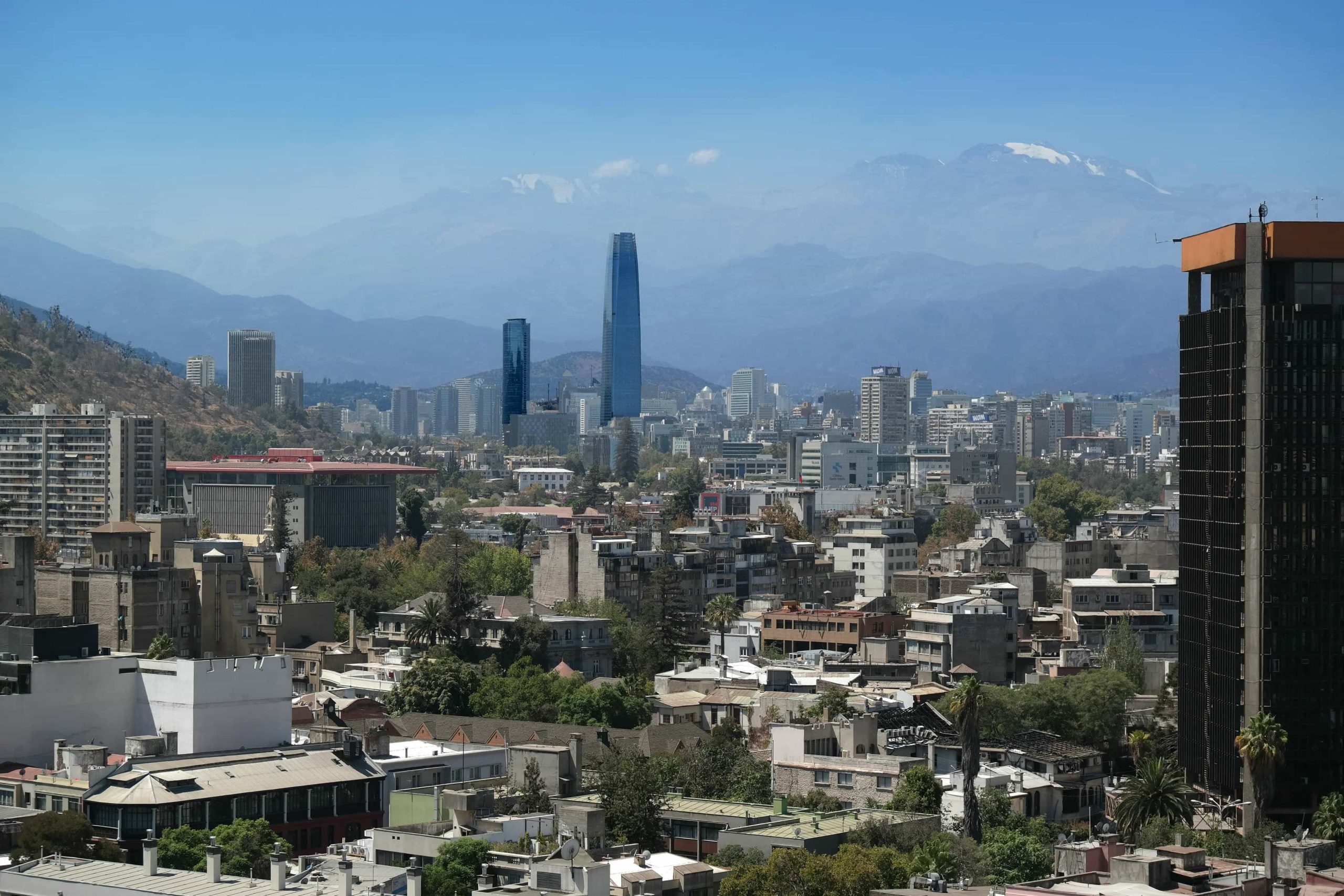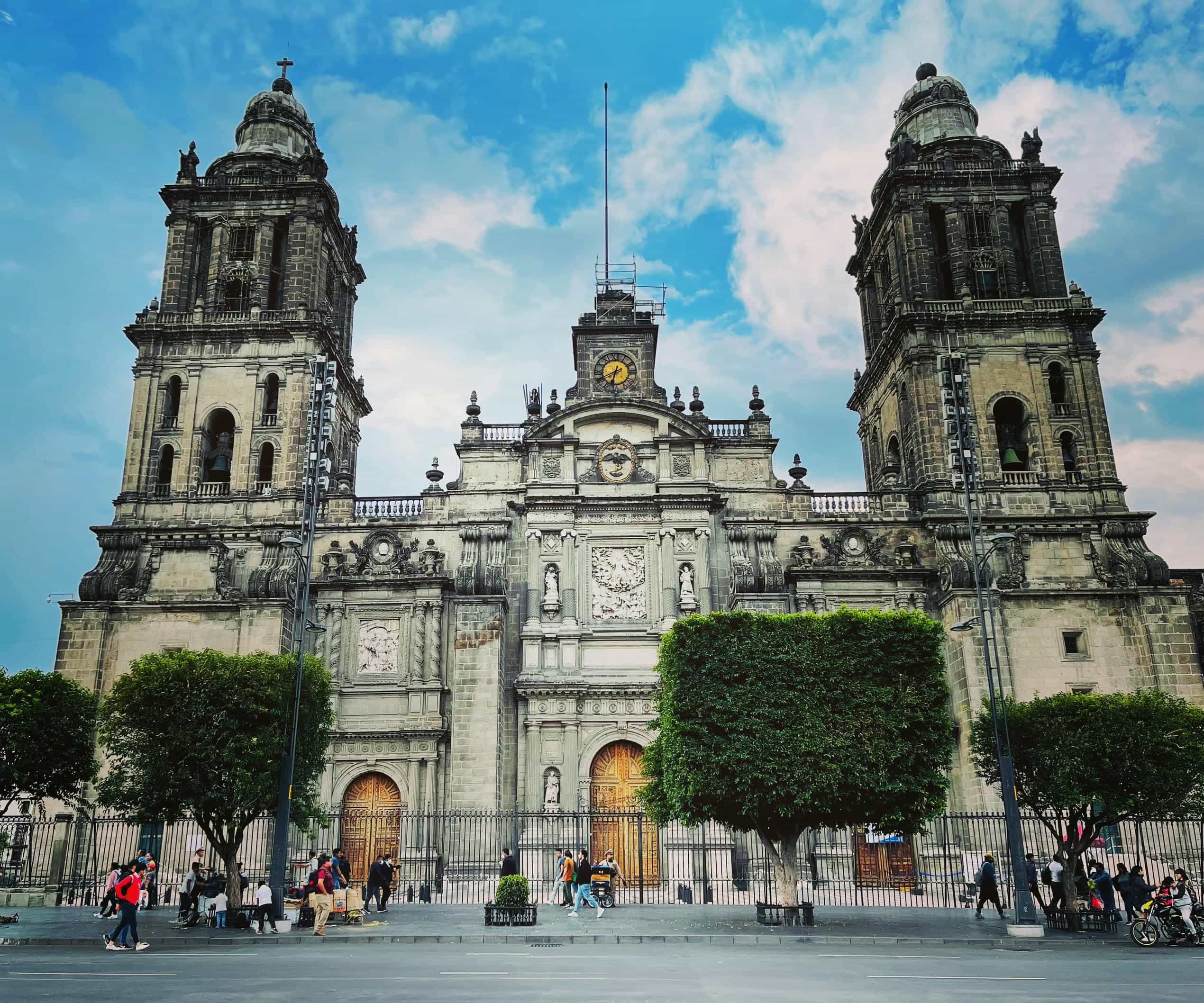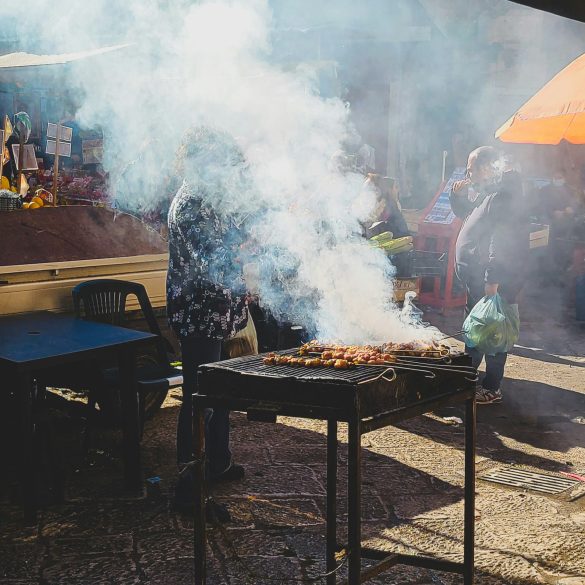Best Places to Visit in Santiago: Your Ultimate Guide to Chile’s Captivating Capital
Walking through Santiago’s tree-lined streets last spring, I couldn’t help but think how dramatically this city had transformed since my first visit fifteen years ago. What struck me most wasn’t just the gleaming new skyscrapers or the expanded metro system—it was how Santiago had managed to preserve its authentic soul while embracing modernity1.
Honestly, I reckon Santiago gets overlooked far too often in favor of its flashier South American neighbors. But here’s the thing—this city offers something genuinely special. Nestled between the snow-capped Andes and rolling coastal hills, Santiago serves up an intoxicating blend of colonial charm, cutting-edge culture, and some of the most passionate people you’ll ever encounter.
Having spent considerable time exploring every corner of this sprawling metropolis—from the bohemian streets of Bellavista to the upscale boutiques of Las Condes—I’ve compiled what I genuinely believe are Santiago’s most remarkable destinations. This isn’t your typical tourist checklist, mind you. These are places that have captured my heart and continue to surprise me with each visit.
Historic Santiago: Where Chile’s Story Begins
Let me start with Plaza de Armas, because honestly, you can’t understand Santiago without spending time here. This isn’t just the city’s main square—it’s the beating heart where indigenous Mapuche lands met Spanish colonial ambitions over 480 years ago2.
What really gets me about this place is how it functions as Santiago’s living room. During my morning visits, I’ve watched office workers grab quick empanadas before heading to work, elderly gentlemen engaged in serious chess matches, and street musicians creating impromptu concerts. The energy here is absolutely infectious.
The cathedral dominates the square’s eastern edge, and while many tourists snap photos and move on, I always recommend going inside. The contrast between the bustling plaza and the cathedral’s serene interior creates this remarkable moment of reflection. Plus, the free guided tours (available in English on weekdays) provide fascinating insights into Chile’s religious history.
Just a short walk from the plaza, you’ll discover La Moneda Palace, Chile’s presidential headquarters. Here’s what most guidebooks won’t tell you—the free guided tours3 are absolutely brilliant, but you need to book online well in advance. I learned this the hard way during my second visit when I showed up hoping for a walk-in tour.
Pro Planning Tip
Visit Plaza de Armas early morning (around 8 AM) or late afternoon (after 5 PM) for the best lighting and fewer crowds. The golden hour here is genuinely magical, especially when the Andes create that stunning backdrop.
Santiago’s Most Captivating Neighborhoods
Now, let’s talk about where Santiago really comes alive—its neighborhoods. Each barrio has developed its own distinct personality, and honestly, this is where you’ll fall in love with the city.
Bellavista: Bohemian Soul Meets Urban Energy
Bellavista completely captured my imagination from day one. This neighborhood pulses with creative energy—street art adorns nearly every wall, live music spills from intimate venues, and the restaurant scene is absolutely phenomenal. I’ve never been fond of overly touristy areas, but Bellavista manages to maintain its authentic edge despite the crowds.
The Pablo Neruda Museum (La Chascona) sits right in Bellavista’s heart, and visiting here feels like stepping into the poet’s private world. What really strikes me is how Neruda’s eccentric collecting habits—from antique bottles to ship figureheads—reflect Santiago’s own eclectic character4.
Chile Cultural Insight
Pablo Neruda, Chile’s beloved Nobel Prize-winning poet, owned three houses throughout the country, but La Chascona in Santiago was his favorite retreat. The name “Chascona” means “messy-haired woman” in Chilean Spanish, referring to his secret lover Matilde Urrutia’s wild curls.
For the best Bellavista experience, I always recommend starting your evening at Patio Bellavista around 6 PM. This outdoor dining complex buzzes with energy, offering everything from traditional Chilean cuisine to fusion experiments. Then explore the side streets—Constitución and Antonia López de Bello—where you’ll discover hidden gems that most tourists completely miss.
Providencia: Where Locals Actually Live
Honestly, Providencia gives you the most authentic taste of middle-class Santiago life. This isn’t where tour groups typically venture, which makes it absolutely perfect for travelers seeking genuine local experiences. The tree-lined Manuel Montt area reminds me of European neighborhoods, with its charming cafés and independent bookshops.

What I love most about Providencia is how it seamlessly blends residential life with cultural attractions. The Salvador subway station area has become a foodie paradise—some of Santiago’s most innovative restaurants have opened here recently, and the prices remain surprisingly reasonable compared to Las Condes.
| Neighborhood | Best For | Must-Visit Spot | Budget Level |
|---|---|---|---|
| Bellavista | Nightlife & Art | Patio Bellavista | Mid-range |
| Providencia | Local Culture | Manuel Montt Metro | Budget-friendly |
| Las Condes | Shopping & Dining | Costanera Center | Luxury |
| Ñuñoa | Hip & Alternative | Plaza Ñuñoa | Very affordable |
Museums & Cultural Treasures
Santiago’s museum scene has absolutely exploded over the past decade. The city now rivals Buenos Aires and São Paulo for cultural offerings, and frankly, some institutions here provide world-class experiences at fraction of European prices.
The Pre-Columbian Art Museum completely changed my understanding of ancient South American civilizations5. Located in a beautifully restored colonial building, this museum showcases artifacts spanning 4,500 years of indigenous history. What really impressed me was how they’ve used modern technology—interactive displays and virtual reality experiences—to bring ancient cultures to life.
For contemporary art lovers, I consistently recommend the Museum of Contemporary Art (MAC). Actually, Santiago has two MAC locations—one in Quinta Normal and another in Las Condes. The Quinta Normal location occupies a stunning 1910 building and focuses on Chilean contemporary works, while the Las Condes branch showcases international exhibitions.
Hidden Cultural Gems
- Centro Cultural La Moneda: Underground cultural center beneath the presidential palace with rotating exhibitions
- Museo Nacional de Bellas Artes: Chile’s premier fine arts museum in a gorgeous neo-classical building
- Barrio Yungay: Historic neighborhood with preserved architecture and emerging art scene
- Centro Gabriela Mistral (GAM): Modern cultural complex with theater, dance, and contemporary art
Outdoor Adventures & Day Trips
Here’s where Santiago truly shines—the outdoor opportunities are absolutely incredible. Being surrounded by the Andes means world-class hiking, skiing, and climbing are literally on your doorstep. I’ve consistently found that visitors underestimate just how accessible these adventures are.
Cerro San Cristóbal offers the perfect introduction to Santiago’s outdoor scene. You can hike up (about 45 minutes of moderate climbing) or take the funicular for a more leisurely ascent6. The panoramic views from the summit are genuinely breathtaking, especially during sunset when the city lights begin twinkling against the mountain backdrop.
Seasonal Adventure Guide
March-May (Autumn): Perfect hiking weather with clear mountain views and comfortable temperatures. This is honestly my favorite time for outdoor activities.
June-August (Winter): Skiing season! La Parva and Valle Nevado ski resorts are just 90 minutes away with reliable snow conditions.
September-November (Spring): Ideal for day trips to nearby wine regions when the vines are budding and weather is mild.
For day trips, the Maipo Canyon absolutely captured my imagination. Located just 65 kilometers southeast, this dramatic landscape features towering red cliffs, turquoise rivers, and some of Chile’s most spectacular hiking trails. The drive itself is half the adventure—winding mountain roads reveal increasingly dramatic vistas.
Essential Planning Considerations
Let me share some practical insights I’ve gathered through years of Santiago exploration. First, the metro system is absolutely excellent—clean, efficient, and covers virtually everywhere you’ll want to visit. A Bip! card costs about $2 USD and makes getting around incredibly simple.
- Best time to visit: March-May and September-November offer ideal weather and fewer crowds
- Budget planning: Expect to spend $40-60 USD daily for mid-range comfort, including meals and attractions
- Language preparation: Basic Spanish helps tremendously, though younger Santiaguinos often speak English
- Safety considerations: Santiago is generally very safe, but use common urban precautions in crowded areas
Santiago continues evolving and surprising me with each visit. This city offers something genuinely special—a perfect balance of urban sophistication and natural beauty, rich history and contemporary culture, all wrapped up in the warmth of Chilean hospitality. Whether you’re planning a weekend getaway or extended exploration, Santiago will absolutely exceed your expectations.
References



